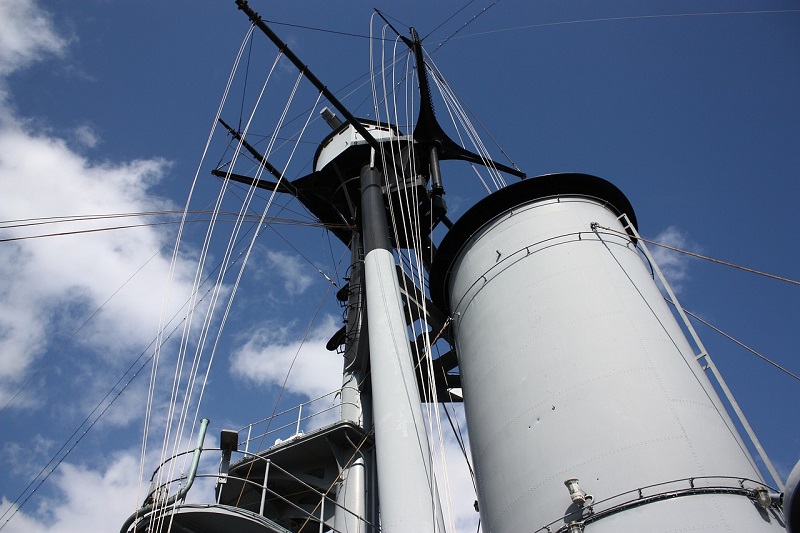On March 25, the U.S. Navy posted a request for information (RFI) for the Antenna Apertures for Resilient Communications (2ARCS) program. Responses are due by 12:00 p.m. Eastern on April 27.
The United States Navy (or The Naval Information Warfare Center (NIWC) Atlantic) is assessing the impact of transformative technologies that enable sailors to operate shipboard communications systems with a lower level of radiated electromagnetic signature.
This RFI requests information about any state of the art/novel products and technologies available in order to shape a collaborative strategy with commercial partners (companies, universities, startups) to accelerate development and fielding of the most promising approaches.
Background
Today’s Navy and USMC have a large number of radio frequency emitting devices. Many of these radio and radar antenna systems contribute to fratricide (jamming our own systems). Moreover, many of these communications systems are operated in a point to point manner but utilize omnidirectional antennas, which results in spurious emissions that don’t contribute to the ship’s mission. As part of this RFI, the USN is taking an interest in directional antennas and other products that help minimize the emissions of our existing line of sight radio systems in the VHF and UHF Frequency Bands. Technology currently being considered is beamforming and beam switching antennas.
The Navy plans to collaborate with a small number of organizations/companies in FY22 to conduct procurement and testing of a small quantity of candidate antenna solutions via Request for Information (RFI), then evaluating each company/vendor’s response. It is the Navy’s expectation that no products off the shelf will meet all shipboard requirements, and the Navy is interested in partnering with labs, universities, or companies, to mature these technologies. In particular, NIWC Atlantic has testing facilities and expertise available. It is the Navy’s expectation that solutions and technologies will approximate a one for one size and weight replacement of existing antennas.
The Government is looking for solutions that reduce electromagnetic signature overall while maintaining or improving overall gain for line of sight communications systems. A typical omnidirectional terrestrial based line of sight (LOS) antenna will have gain values of 2 to 4 dBi. We believe that new products, such as but not limited to beamforming/beam switching antennas, will improve the gain slightly, while reducing the unwanted/unneeded emissions for a typical tactical terrestrial LOS communications link (platform to platform). Ideal solutions will have modes for point to point, point to multipoint, and omnidirectional. The solution must not burden the Marine Corps and Navy personnel by overly complicating their work, or lead to any maintenance of the antenna system while conducting operations. The solution may or may not require communications staff to “learn a new tool”, but in some cases a new tool may be helpful to illustrate/educate the fleet on radiated electromagnetic signatures. The information will be displayed via an easy-to-use dashboard.
Source: SAM
IC News brings you business opportunities like this one each week. If you find value in our work, please consider supporting IC News with a subscription.









